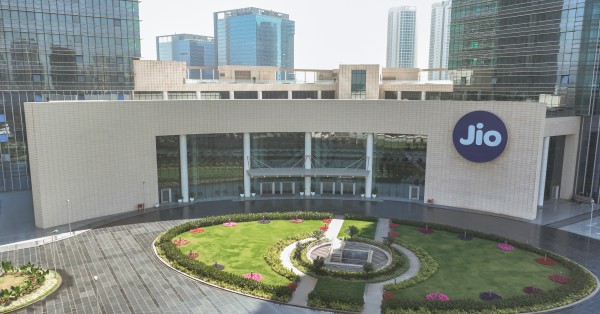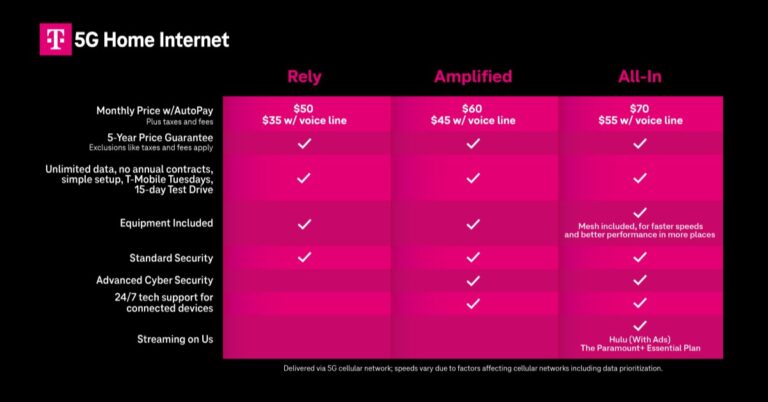- Tech News & Insight
- September 1, 2025
- Hema Kadia
DE-CIX India has become the first internet exchange in India to integrate Starlink’s low Earth orbit (LEO) satellite service, marking a strategic advance in non-terrestrial network (NTN) capabilities. With 25–220 Mbps throughput and low latency, Starlink's interconnection via DE-CIX enables local breakout, cloud on-ramps, and SD-WAN optimization across hard-to-reach regions. As regulatory approvals move toward completion, satellite connectivity shifts from pilot to production-ready, opening new paths for mobile backhaul, enterprise WANs, and e-governance.



























